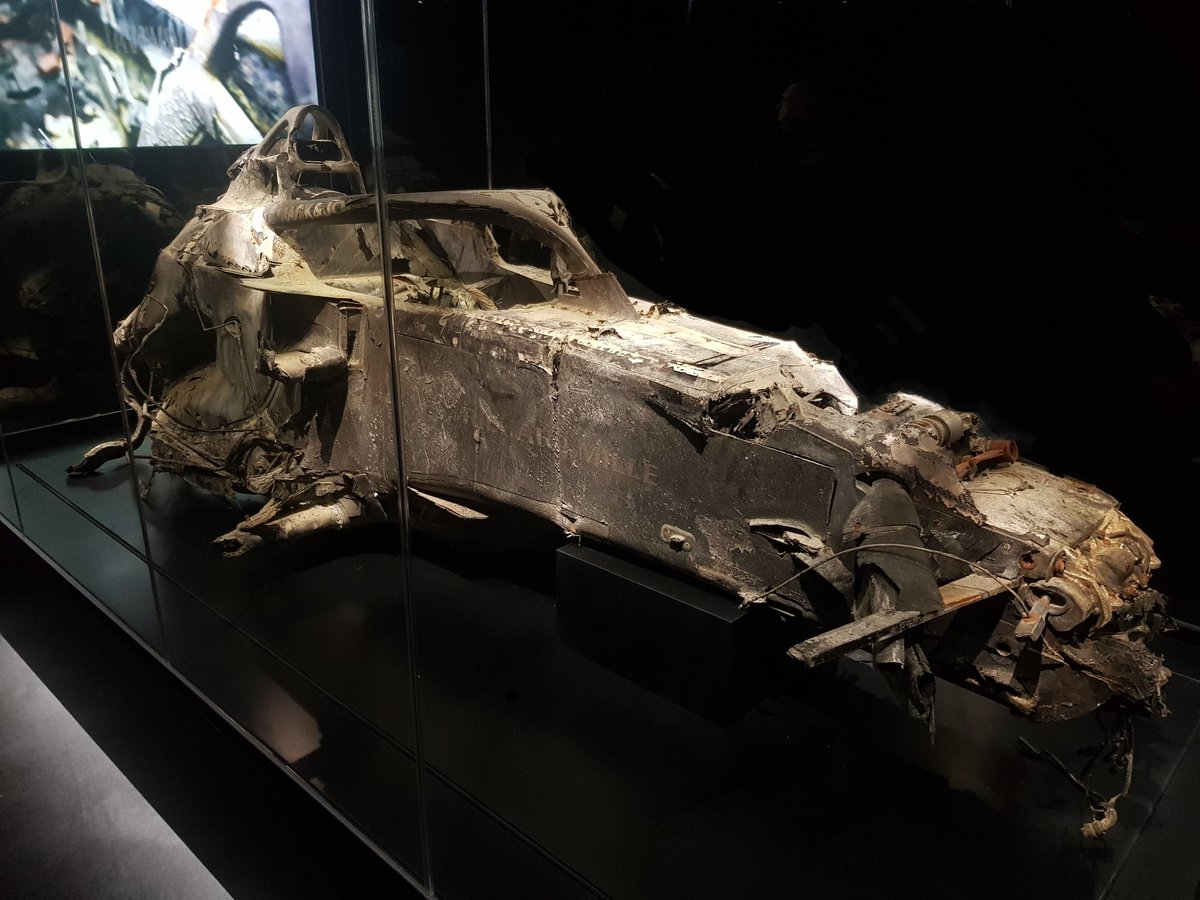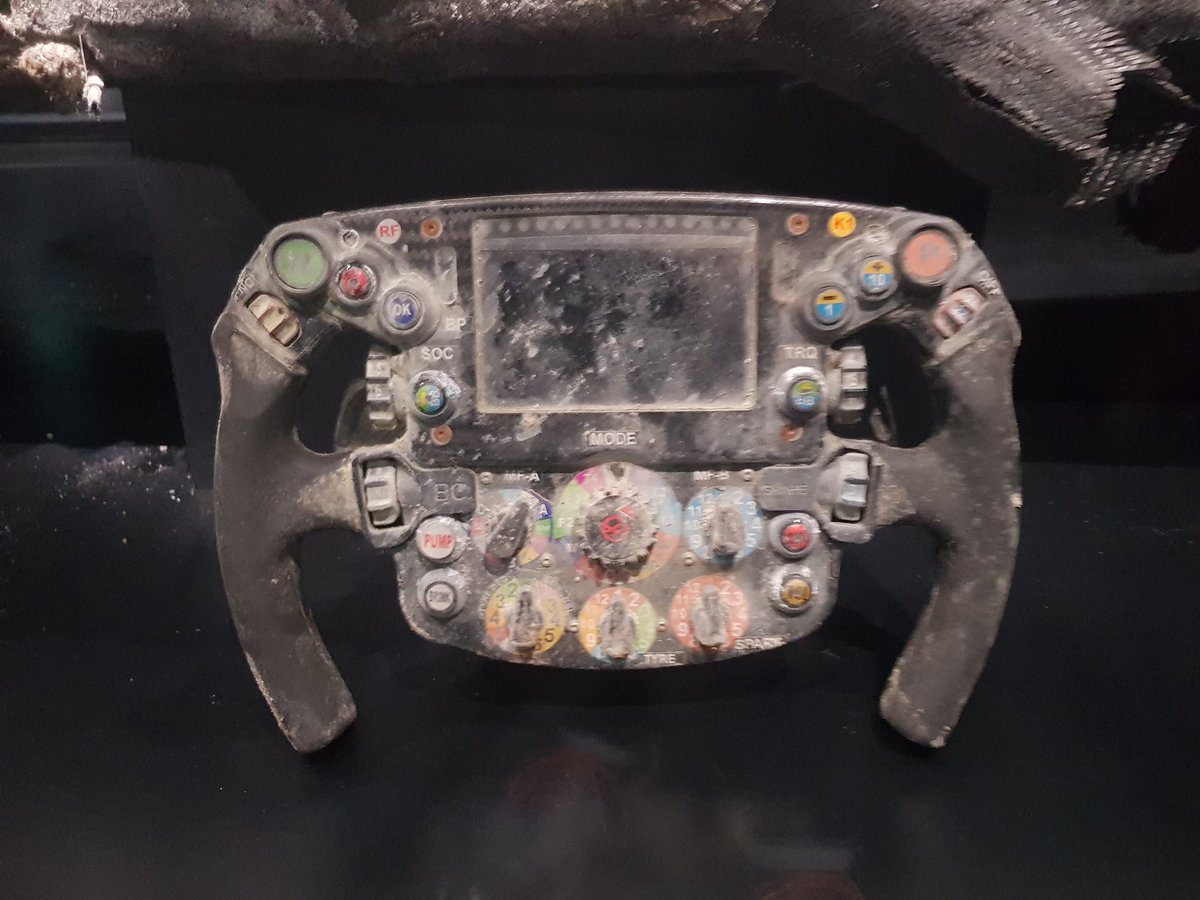2026 #F1 power unit regs are out. Summary, the same layout and power output (~1000hp).
But new; eFuel, less fuel flow, and greater ERS-K, to compensate for the loss of combustion power, the ERS-H & Variable trumpets.
#TechTalk
But new; eFuel, less fuel flow, and greater ERS-K, to compensate for the loss of combustion power, the ERS-H & Variable trumpets.
#TechTalk

This means we keep the power, but more will come from the hybrid system, not quite 50/50.
#F1 #TechTalk

#F1 #TechTalk


Without the MGUH and variable trumpets the combustion engine will be more laggy. With the reduced fuel flow exhaust-flaming hot antilag strategies won't be practical. Cold antilag and using the added output from the MGUK will be required.
#F1 #TechTalk
#F1 #TechTalk

Energy recovery will be lost from the lack of the MGUH, which means everything needs to be recovered from the rear axle under braking. Rear brakes will hardly be necessary
#F1 #TechTalk
#F1 #TechTalk

Packaging wise, the fuel tank can be smaller, the battery may need to be bigger. The plenum can be smaller, like Mercs 2014 design.
But overall nothing significant.
#F1 #TechTalk
But overall nothing significant.
#F1 #TechTalk

• • •
Missing some Tweet in this thread? You can try to
force a refresh











































